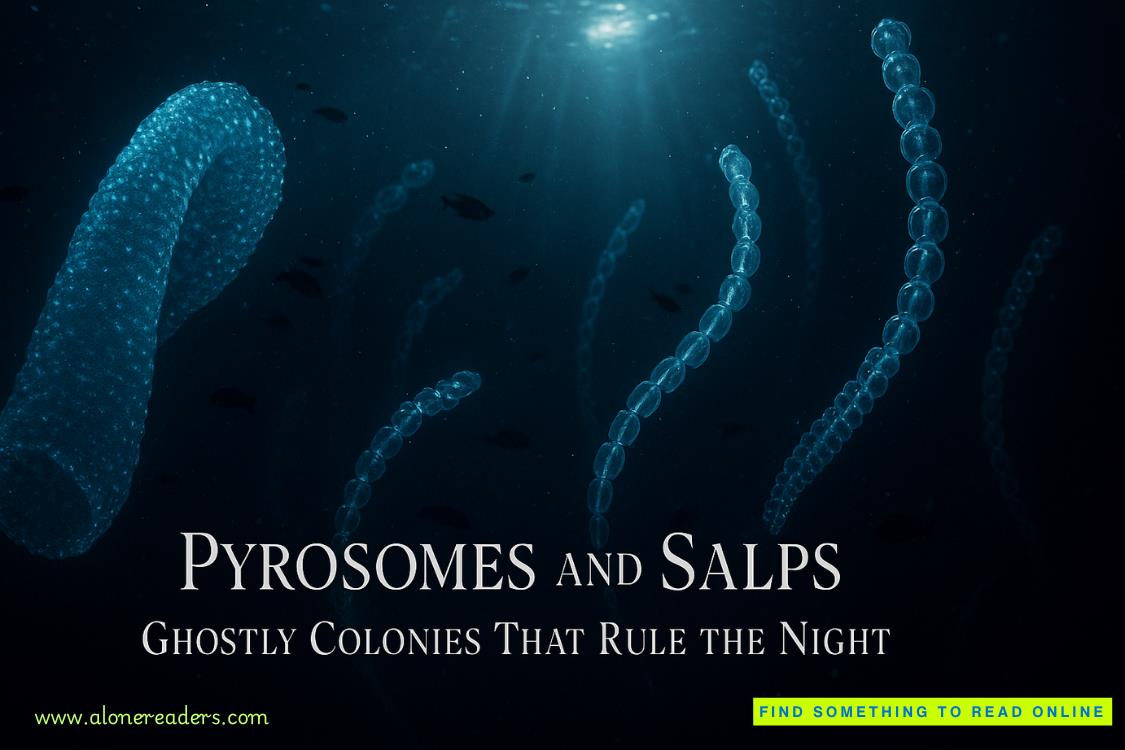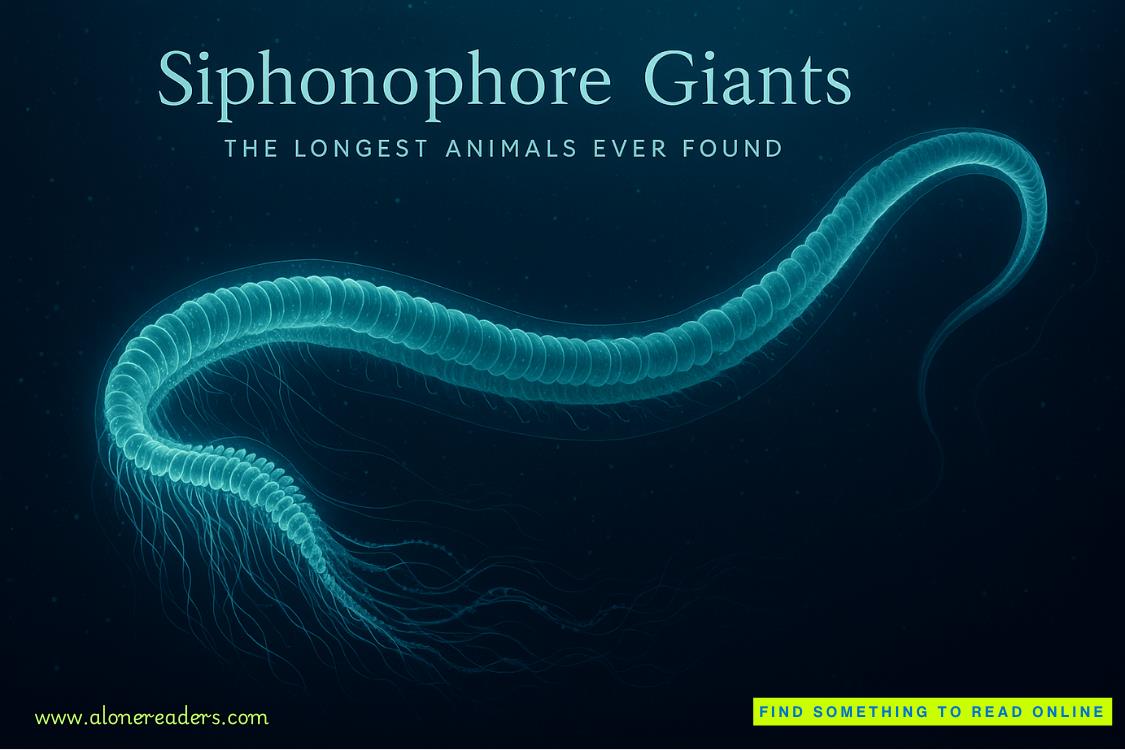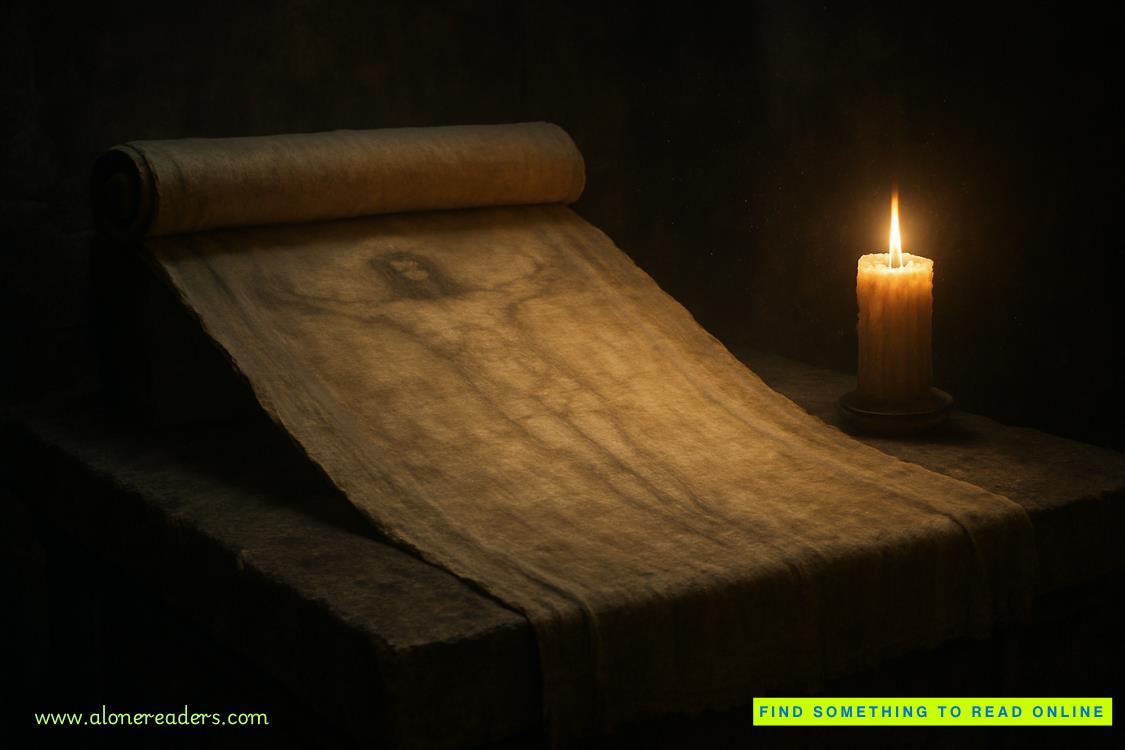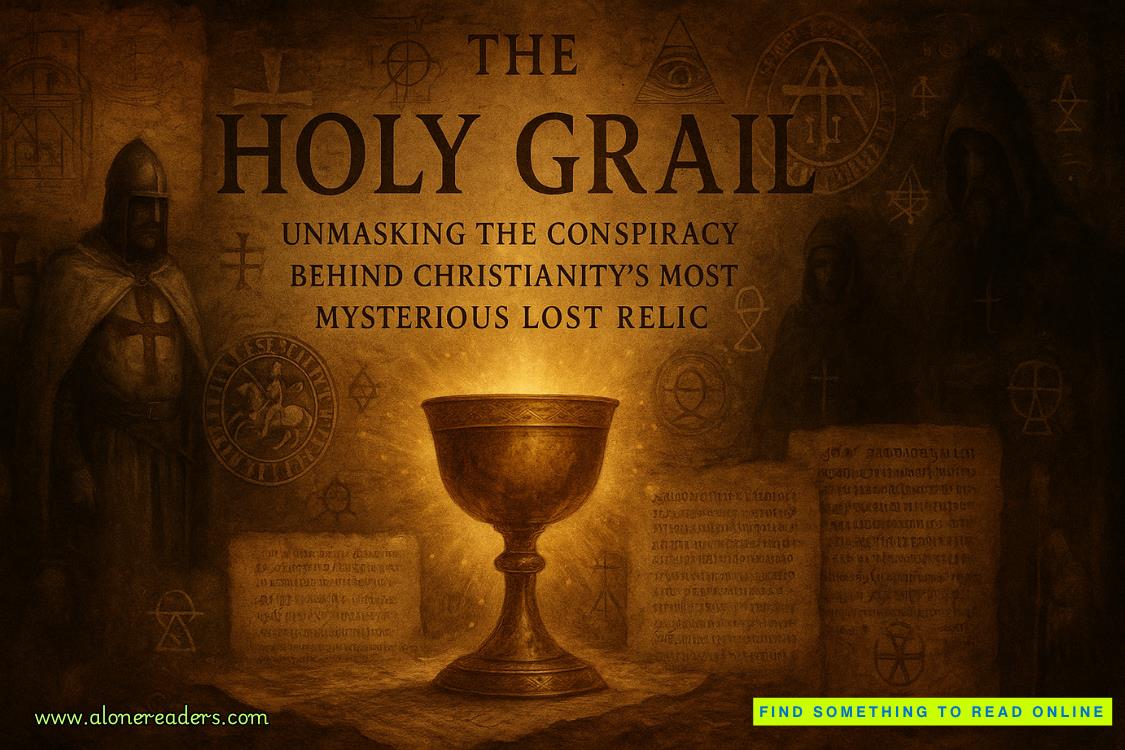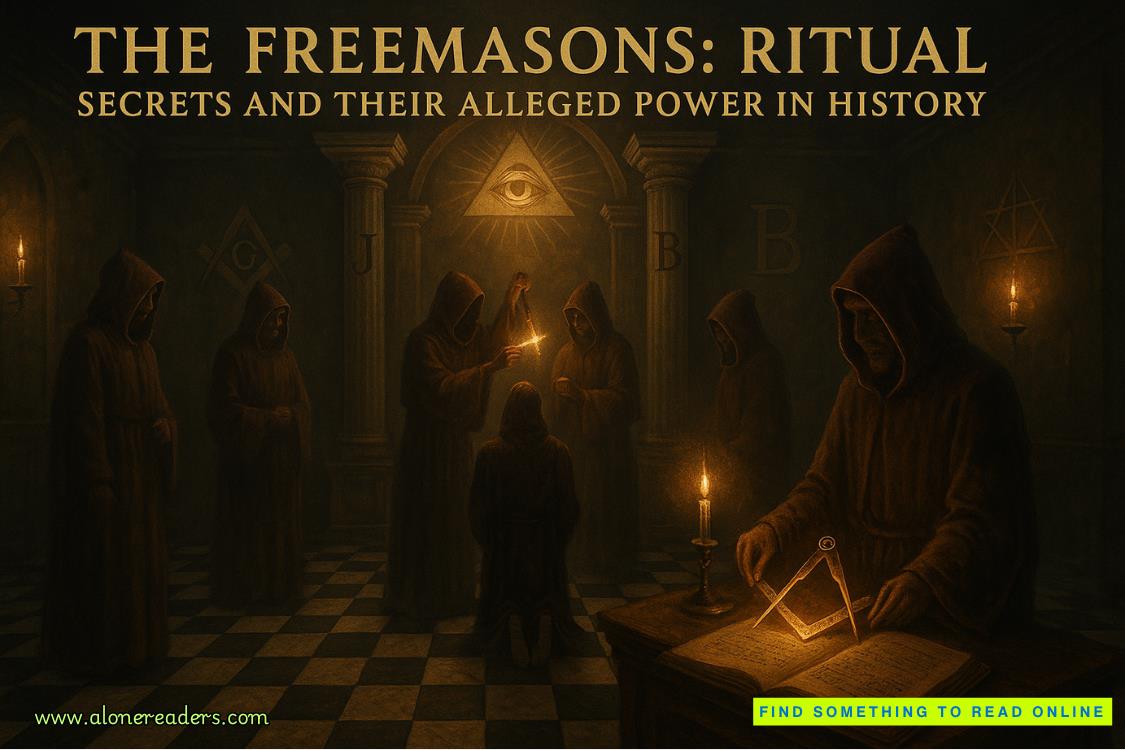Page 22 of The Little Liar
Truth did as it was told. And sure enough, covered in new and pleasing colors, Truth was welcomed warmly—by the same people who had once run away.
So what do we learn from that?
Some say it’s the reason parables teach humans what raw truth cannot. Personally, I don’t know what you’re all so afraid of.
But then.
It may explain what happens next.
The Lie of Resettlement
I have spoken already of the great lies in this story. How the Wolf twisted language to disguise his evil. How his Nazi minions followed suit, and created endless lists, forms, and official-looking paperwork, all designed to whitewash their brutality.
In Salonika, the lies were everywhere, some as small as the phony pink receipts Jews were given for turning in their radios, some as large as the promise that their homes would not be disturbed after they vacated them, when, in truth, officers moved in hours later and ripped up the floorboards searching for hidden money.
Still, the biggest falsehood was the one the Nazis saved for last.
The Lie of Resettlement concerned a mythical “homeland” where Jews would be “resettled” to live, work, raise their families, and be left alone. The Wolf knew you can only push a people so far; if they know they are doomed, they may fight to the death. He had already degraded and weakened his targets, starved them, taken their livelihoods, driven them to their knees. But even in run-down ghettos like Baron Hirsch, theyremained in public view. And in public view, the Wolf could not achieve his darkest impulse, the one he directed his generals to shape during a meeting in a villa overlooking a lake in Wannsee, Germany, in the summer of 1942.
It was there that a final decision was made concerning not only Nico, Sebastian, Fannie, and the others in our story, but every one of eleven million Jews from the shorelines of the British Isles to the mountains of the Soviet Union. That decision, reached in less than two hours over snacks, cognac, and cigarettes, could be summed up in a single sentence:
Kill them all.
Of course, this meant concealment. Evil seeks the dark. Not because it is ashamed. Darkness is simply more efficient. Fewer complications. Less outrage. The Wolf had already built the sites for his final horror—death camps in places like Auschwitz, Treblinka, Dachau. But there remained a logistical challenge: How could he get his victims there? What cover story could fool that many people on a trip to their own massacre?
He needed a mirage. A robe distracting enough to blot me out completely.
The Lie of Resettlement was born.
***
Lev first heard this lie on his second night in the Baron Hirsch ghetto. He and several other men were warming themselves around a small barrel fire. A young fisherman named Batrous approached and said he’d overheard a Nazi officer talking to his subordinates. The officer said that the Salonika Jews wereto be resettled someplace north where they would live and work. Maybe Poland.
“Poland?” Lev said. “Why Poland?”
“Who knows?” Batrous said. “At least we will be safe.”
“But it’s so far from here. And closer to Germany. If they hate us so much, why would they bring us closer?”
“Maybe to control us?” another man said.
“That makes sense,” added another.
“It doesn’t, really,” Lev said.
“It’s better than staying here.”
“How can you say that? This is your home.”
“Not anymore.”
“I’m not going!”
“And if we stay, what is here for us? Our stores are gone. Our houses are gone. You want to keep living in this garbage dump?”
“Better than Poland.”
“How do you know?”
